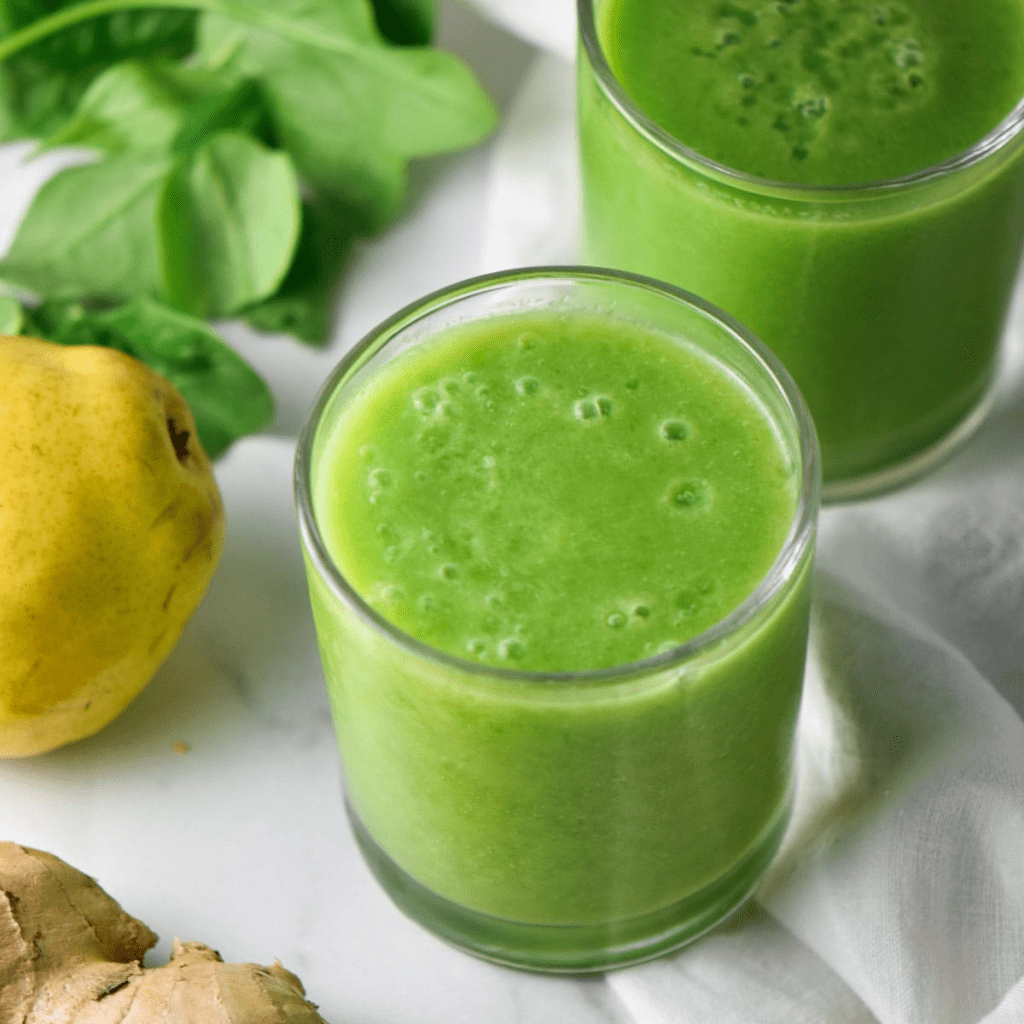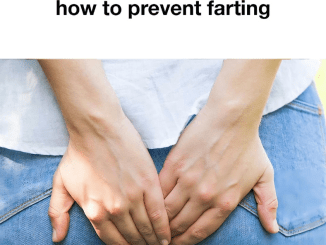Water retention, also known as edema, is a common issue that many people experience, often causing swelling in the hands, feet, and ankles. While the condition is usually temporary, it can be uncomfortable and sometimes point to more serious health concerns. The good news is that there are natural, effective ways to reduce water retention and prevent swelling. In this article, we’ll explore the causes of water retention, its symptoms, and some helpful recipes and tips to flush out extra water from your body right away.

Causes of Water Retention
Water retention happens when excess fluids accumulate inside your body’s tissues. This can occur for several reasons, including:
- High Sodium Intake: Consuming too much salt causes your body to retain water to dilute the excess sodium in your bloodstream.
- Hormonal Changes: Women, especially, may experience water retention due to hormonal fluctuations during menstruation or pregnancy.
- Medications: Some medications, such as blood pressure drugs or anti-inflammatory drugs, can lead to water retention.
- Lack of Physical Activity: Sitting or standing for long periods can cause fluids to pool in your lower extremities.
- Underlying Health Issues: Conditions like heart or kidney disease can impair the body’s ability to remove excess fluids efficiently.
By identifying the underlying cause of water retention, you can take the right steps to manage it effectively.
Symptoms of Swelling in Hands and Feet
Swelling, or edema, can appear in different parts of the body, but the hands and feet are the most common areas affected. Some symptoms to watch for include:
- Puffiness: Noticeable swelling in the hands, fingers, feet, or ankles.
- Tightness or Stiffness: Swollen areas may feel tight or difficult to move.
- Skin Changes: The skin may appear stretched or shiny due to swelling. Pressing on the swollen area may leave a temporary indent (known as pitting edema).
If you notice these symptoms, it’s essential to take action and address the issue to prevent discomfort or further health complications.
The Importance of Staying Hydrated
It might seem counterintuitive, but drinking plenty of water is one of the best ways to reduce water retention. When you’re dehydrated, your body holds onto water as a defense mechanism. By staying hydrated, your body is more likely to flush out excess fluids and sodium. Aim for at least 8 glasses of water a day, and increase your intake if you’re physically active or live in a hot climate.
Dietary Adjustments to Reduce Water Retention
Your diet plays a crucial role in managing water retention. Here are some dietary changes you can implement to help reduce swelling:
- Reduce Sodium Intake: Cut back on processed and junk foods, which are often loaded with sodium. Opt for fresh ingredients and season your meals with herbs and spices instead of salt.
- Increase Potassium-Rich Foods: Potassium helps balance sodium levels and encourages your body to release water. Foods like bananas, sweet potatoes, avocados, and spinach are excellent sources.
- Eat Diuretic Foods: Some foods naturally help your body shed excess water. Cucumbers, watermelon, celery, and citrus fruits are all great choices.

Foods That Help Flush Out Excess Water
Certain foods have natural diuretic properties, helping your body eliminate extra water more effectively. Incorporate these into your diet for quick results:
- Cucumber: Hydrating and high in water content, cucumbers help your body stay hydrated while flushing out excess fluids.
- Watermelon: Packed with water and essential electrolytes, watermelon is excellent for reducing bloating and keeping you refreshed.
- Celery: Known for its diuretic effects, celery helps your body get rid of excess water and sodium.
- Lemon: Adding lemon to your water can boost hydration and help detoxify your body by promoting urination.
Herbal Teas for Reducing Swelling
Herbal teas can also be an effective natural remedy for reducing swelling caused by water retention. Some of the best herbal teas with diuretic properties include:

- Dandelion Tea: Known to increase urine production and reduce water retention, dandelion tea is a powerful natural diuretic.
- Green Tea: Rich in antioxidants, green tea not only boosts metabolism but also helps your body expel extra fluids.
- Parsley Tea: Parsley is often used in traditional remedies to reduce bloating and fluid retention due to its natural diuretic properties.
Drink one to two cups of these herbal teas daily to help reduce swelling in your hands and feet.
Epsom Salt Soaks for Hands and Feet
An Epsom salt soak is a quick and soothing remedy for swollen hands and feet. Epsom salt, which contains magnesium sulfate, helps draw out excess fluids and reduces inflammation. Here’s how to make an Epsom salt soak:
- Fill a basin with warm water.
- Add 1/2 cup of Epsom salt and stir until dissolved.
- Soak your hands or feet for 15-20 minutes.
Repeat this process a few times a week to reduce swelling and discomfort.

Easy-to-Make Anti-Inflammatory Smoothie Recipe
This anti-inflammatory smoothie is packed with hydrating ingredients and essential nutrients that help reduce water retention. Here’s a simple recipe you can make at home:
Ingredients:
- 1 cup of kale
- 1 cup of pineapple chunks
- 1/2 cucumber
- 1 tablespoon chia seeds
- 1/2 lemon (juiced)
- 1 cup coconut water
Directions:
- Blend all the ingredients until smooth.
- Drink this smoothie in the morning to start your day with a hydrating and anti-inflammatory boost.
This smoothie not only helps flush out excess water but also delivers a powerful dose of vitamins and minerals to support overall health.
Natural Diuretic Drink Recipe
If you want to speed up the process of reducing water retention, try this refreshing natural diuretic drink. It’s easy to make and tastes great!

Ingredients:
- 1 cup watermelon
- 1/2 cucumber
- 1/2 cup cranberry juice
- Juice of 1 lemon
Directions:
- Blend all the ingredients together until smooth.
- Drink this diuretic drink in the morning or early afternoon for the best results.
This beverage is packed with hydrating and detoxifying ingredients that help your body eliminate excess fluids.
Lifestyle Changes to Prevent Water Retention
Making small lifestyle changes can also help you prevent water retention in the future:
- Exercise Regularly: Physical activity helps boost circulation, preventing fluids from pooling in your hands and feet.
- Elevate Your Legs: If you experience swelling in your legs or feet, elevate them while resting to reduce fluid buildup.
- Wear Compression Stockings: Compression socks can improve blood flow and reduce swelling in the lower limbs.
- Manage Stress: Stress can negatively impact your body’s ability to regulate fluids, so practicing relaxation techniques like meditation or deep breathing can help.
Conclusion: Maintaining a Balanced Fluid Level
Water retention can be frustrating, but with the right approach, you can manage and reduce swelling in your hands and feet. By staying hydrated, adjusting your diet, and using natural remedies like herbal teas and Epsom salt soaks, you can flush out excess water and prevent future episodes of fluid retention. Incorporating these recipes and lifestyle changes into your routine will help you maintain a healthy, balanced fluid level and keep swelling at bay.


